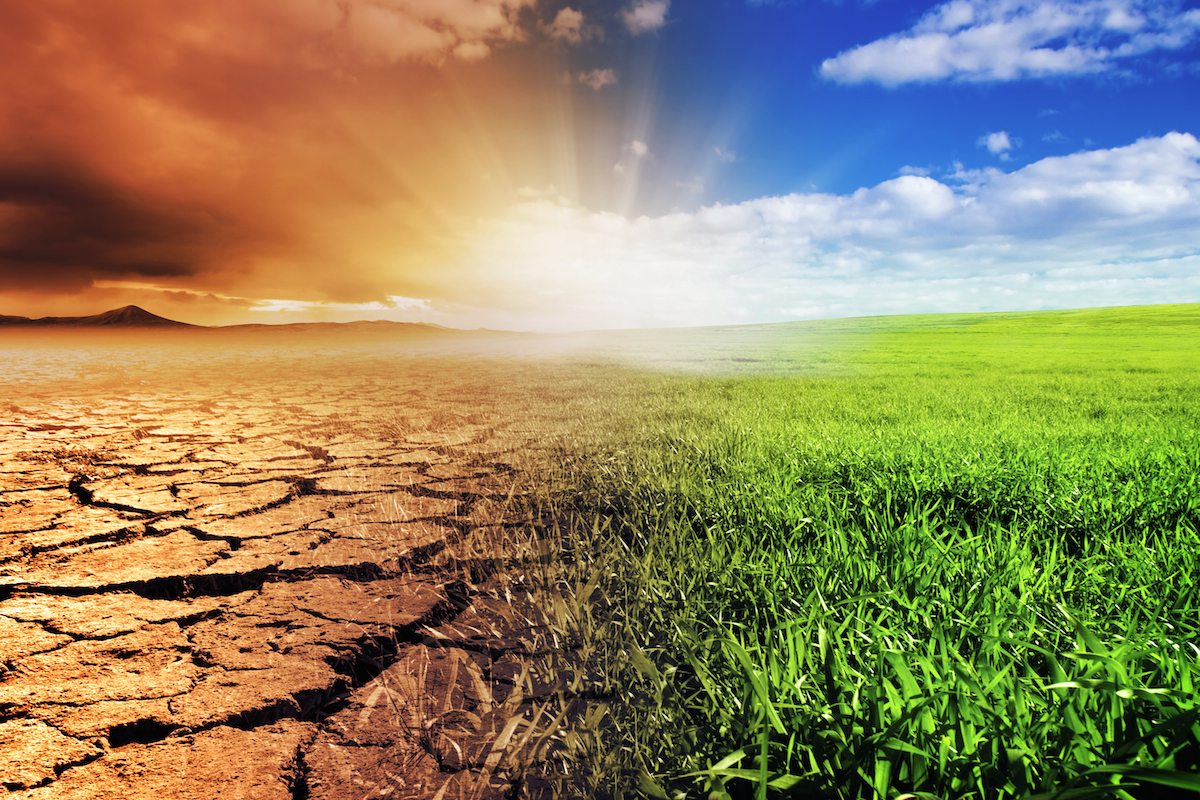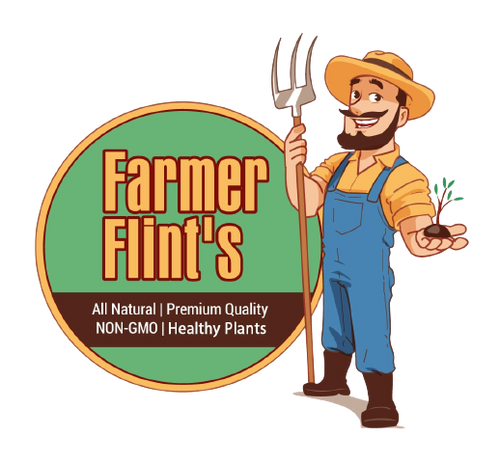Introduction
Hello everyone, my name is John and I am a farmer from Minnesota. Farming has been in my family for generations and it is something that I am truly passionate about. However, as with any other career or industry, farming is not immune to the impacts and challenges of a changing world. In recent years, it has become increasingly clear that our climate is changing at an accelerated rate due to human activities like the burning of fossil fuels. As an individual closely connected to the land and its production, I have witnessed firsthand how climate change is already affecting agricultural operations like mine here in the Midwest. The impacts of a warming world present very real threats to our ability to grow crops, but also opportunities if we adapt strategically. In this blog post, I wanted to share my experiences and perspectives on how climate change is influencing crop farming as well as discuss some strategies that farmers can employ to enhance resilience and sustainability in the face of ongoing changes to our climate. I hope that by bringing greater awareness to these challenges, we as a society can work to both mitigate further impacts through emissions reductions while also supporting farmers as they work to adapt. Let's get started!
Section 1: Observed Impacts of Climate Change on Crop Farming
Over the course of my career in farming, it has become increasingly obvious that our climate is no longer what it used to be. The changes may seem subtle on an annual or even decadal basis, but when you look back over a lifetime spent closely observing the land, fields, and weather patterns, the signs of a shifting climate become unmistakable. Here are just a few of the main ways in which I've witnessed climate change impacting crop farming operations where I live:
Changes in Temperature and Precipitation Patterns
One of the most notable signs of a warming planet here in the Midwest has been changes in our typical temperature and precipitation patterns. On average, temperatures have clearly been trending upward compared to historical baselines from just a few decades ago. Our growing seasons are also starting earlier and lasting longer. While warmer temperatures on their own don't necessarily present major issues, it's the changes accompanying those warmer conditions that create problems. Rainfall amounts and patterns seem less predictable than in the past. We're experiencing more extreme rainfall events that often coincide with flooding. But periodically throughout the growing season, we're also seeing longer stretches of hot, dry spells - something my grandfather would have been very unfamiliar with. The shifting and less consistent nature of our climate makes planning and adaptating more difficult for farmers.
Increased Incidence of Drought and Heat Waves
Closely tied to changes in temperatures and precipitation, the frequency and severity of extreme weather events like droughts and heat waves has noticeably risen as well on the farm. We traditionally may experience a bout of hot, dry weather once every 5-10 years. However, since around the mid 2000s, periods meeting the definition of drought seem to occurs multiple times within most growing seasons. Coinciding with these droughts are more heat waves - stretches of 3 or more days with high temperatures 10 degrees or more above normal. Both can wreak havoc on crop development and yields if they set in during critical times in the growing cycle like emergence, pollination or grain/fruit filling. The heat is also putting additional stress on farm machinery, infrastructure and the farmers themselves who have to work outside through these conditions. Our equipment, facilities and practices simply weren't designed with such extremes in mind.
Pests and Disease Pressures are Mounting
Warmer conditions associated with climate change provide ideal breeding grounds for many agricultural pests. The longer frost-free seasons mean insects, weeds and plant diseases now have more opportunity over a longer time span each year to feed, multiply and spread. This has directly contributed to growing pressure from a range of pests on my farm, all the way from insects to pathogenic fungi. Crop losses to pests were rarely a major concern in the past, but are becoming increasingly commonplace. If left unchecked, some pests could potentially wipe out an entire field. As a farmer, I spend significantly more time and money on integrated pest management, including the use of chemical pesticides if absolutely necessary. This adds to operating costs at a time when commodity prices provide little cushion.
Changes in Crop Developmental Stages
As the saying goes, "the climate you bought the farm in is not the climate you're farming in now." Temperatures that were once limiting for many crops are no longer so, which has very real impacts on their growth habits. For example, our typical planting window has shifted earlier by nearly 2 weeks compared to 50 years ago. While crops are going in earlier, the spring rains are also starting earlier - potentially before fields have fully dried out, increasing the risks of poor establishment from soil compaction or waterlogging. Flowering and reproductive development stages are also being influenced, which can indirectly influence quality and nutritional parameters as well. All these shifts prompted by warmer conditions require adjustments to varieties selected, planting dates and field management tactics - transitioning is an ongoing learning process.
This covers some of the major ways that climate change is already impacting crop production here in Minnesota based on my experience as a farmer. The changes may seem gradual, but their effects are very real and tangible. Multiple aspects of growing crops are being challenged, from shortened windows for fieldwork to unreliable precipitation patterns to growing pest problems. And these impacts are expected to continue intensifying as global temperatures continue rising without significant mitigation efforts. In the next section, I will discuss some strategies that can help farmers like myself adapt our operations to withstand ongoing climate change impacts.
Section 2: Key Adaptation Strategies for Farmers
Though the challenges posed by climate change can feel overwhelming, there is hope to be found in proactive adaptation. Farming communities have a long tradition of resilience in the face of environmental changes, and with the right support and tools, we can continue to thrive. In this section, I will outline some of the main strategies that farmers can employ to enhance our resilience and ability to cope with ongoing climate changes. While no silver bullet exists, using a complementary portfolio of measures can help spread risk and strengthen a whole farm system over the coming decades.
Use Improved Seeds and Varieties
One of the most powerful tools at our disposal is new seed technology. Plant breeders have made incredible strides in a short time in developing crop varieties specifically suited for changing conditions. This includes seeds with enhanced heat, drought and flooding tolerance. Early maturity varieties ensure crops can reach yield targets despite compressed seasons. Hybrids and GMOs also offer farmers more robust and flexible management options. Though upfront seed costs can be higher, improved genetics often generate a positive return on investment through higher and more stable yields over time. Their benefits multiply when integrated with other adaptation practices. Access to the newest seeds remains critical for farmers to keep pace climate shifts.

Employ Conservation Agriculture Techniques
No-till, cover cropping, and other conservation agriculture practices have numerous adaptation benefits in addition to environmental ones. Limiting soil disturbance through no-till helps retain soil moisture during dry spells or heavy rains. Surface crop residue shields the soil from temperature extremes and moderates soil warming and cooling. Cover crops protect against erosion, improve soil structure and fertility, and use excess soil moisture that would otherwise be lost as runoff. Their roots also poke pathways through compacted layers for better water infiltration. Multi- species cover crop blends and overwintering covers boost biodiversity and ensure year-round living root systems to access soil resources. These practices give crops a better chance of flourishing through a variable climate.
Adjust Management Calendars and Windows
Climate change demands a flexible, adaptive approach to crop calendars and timing of field activities. This means tracking trends to make data-driven adjustments as needed. For example, planting dates may need to shift earlier or later in response to changing soil conditions. Harvest windows must anticipate the likelihood of extreme weather during critical periods. Pesticide application timings should account for the potential of compressed or elongated crop development stages. Moving high-risk field activities like spraying to shoulder seasons helps avoid temperature extremes. Short-season varieties widen operating windows and spread labor demands. While tradition remains important, response ability will define success under ongoing climate trends.
Expand Integrated Pest Management Techniques
Just as climate change empowers agricultural pests, so too must farmers expand our own toolbox to manage them. This means layering cultural, biological and chemical control options within an integrated pest management framework. Field scouting enables early detection and treatment before economic thresholds are reached. Prevention through resistant varieties, sanitation, and habitat enhancements for natural enemies leverages nature against nature. Judicious use of reduced-risk pesticides carefully considers application timing windows as pests and diseases evolve. And mitigation tactics like vegetation barrier planting takes a whole farm planning approach. Investing in IPM strengthens the farm system as a cohesive unit capable of self-regulation under stressors.
Employ Precision Agriculture Technologies
The information age empowers hyper-targeted management at millimeter scales through precision technologies. GPS-guided field operations and VRT (variable rate technology) ensure inputs only go where needed, avoiding waste and reducing costs. High-resolution soil maps reveal within-field variability to better match management to conditions. Sensor-based crop scouting platforms monitor countless parameters to flag abnormalities indicative of biotic or abiotic stresses requiring attention. Yield monitors and aerial/satellite imagery provide a birds-eye view to analyze trends and refine strategies accordingly. Big data analytics further extracts insights to continuously learn and adapt. These digital tools bring the benefits of micro-scale adjustment tailored to each farm’s unique characteristics.


